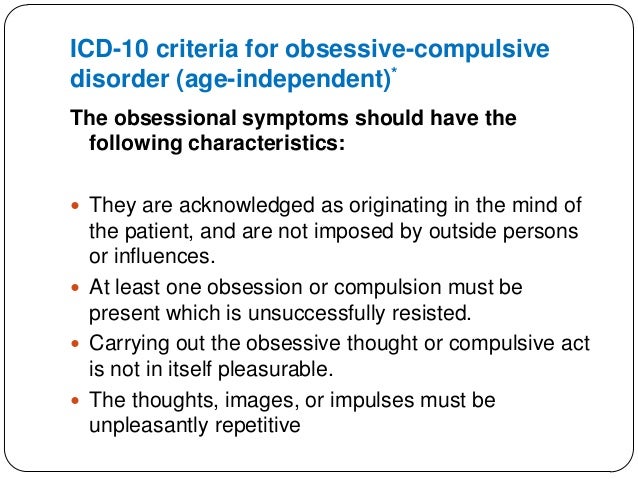

While GD is considerably more common in men ( 8– 10), women have been reported to be more likely to suffer from concurrent non-substance-related psychiatric disorders, compared to their male counterparts ( 11– 14), whereas concurrent substance use disorders may be more common in men ( 13, 15, 16). Several studies have also described gender differences in psychiatric comorbidity in GD patients. Likewise, in patients suffering from a substance use disorder, prevalence rates of problem gambling are known to be considerably higher than in the general population ( 7). In a meta-analysis, it was reported that among treatment-seeking patients with GD, a majority of patients suffered from a concurrent psychiatric disorder, including 23 percent suffering from depressive disorder, and as many as 21 percent might also have fulfilled the criteria of an alcohol use disorder, with the corresponding figure for drug use disorders being seven percent ( 6). Gambling disorder (GD) is known to be associated with severe complications, including suicidal behavior ( 3) and psychological distress in concerned significant others ( 5).
#Icd 10 code for pathological gambling manual#
Psychiatric comorbidity is common in gambling disorder patients in the health care system, with a higher prevalence in women.Īround 0.5 percent of the adult population are known to suffer from a level of problem gambling severe enough to fulfill criteria for a diagnosis ( 1, 2), hitherto defined as pathological gambling in the International Classification of Diseases (ICD-10) ( 3) and, since 2013, as gambling disorder in the Diagnostic and Statistical Manual of Mental Disorders ( 4) and in the ICD-11 ( 3). Prevalence of substance use disorders did not differ with respect to gender.Ĭonclusions: Despite a large gap between probable population prevalence of gambling disorder and the number of treated patients, the number of patients treated in out-patient health care with a gambling disorder diagnosis increased over time, with an increasing treatment uptake in younger individuals. Several diagnostic subgroups were more common in women, with anxiety and affective disorders being the most common subgroups. A co-occurring psychiatric diagnosis was registered in 73 percent of patients, more commonly in females (77 vs. Treatment uptake during the study period increased significantly in out-patient care, with an increasing uptake of younger individuals, whereas in-patient treatment uptake remained stable. Results: A total of 2,099 patients were included (1,784 in out-patient care and 629 patients in in-patient care), among whom 77 percent were men. All psychiatric disorders co-occurring with the diagnoses were recorded, along with age, gender and the type of medical specialty. Methods: This is a nationwide register-based study of all patients aged above 18 years who were diagnosed with gambling disorder (corresponding to pathological gambling, code F63.0, in the ICD-10) in Swedish specialized out-patient health care or in-patient care, from 2005 through 2016. There is a paucity of documented nationwide data on gambling disorder and its co-occurring psychiatric comorbidities in the health care system. 2Malmö Addiction Center, Clinical Research Unit, Malmö, Swedenīackground: Psychiatric comorbidity is common in gambling disorder, a condition with low rates of treatment seeking.1Department of Clinical Sciences Lund, Psychiatry, Faculty of Medicine, Lund University, Lund, Sweden.Anders Håkansson 1,2 * Anna Karlsson 1,2 Carolina Widinghoff 1,2


 0 kommentar(er)
0 kommentar(er)
